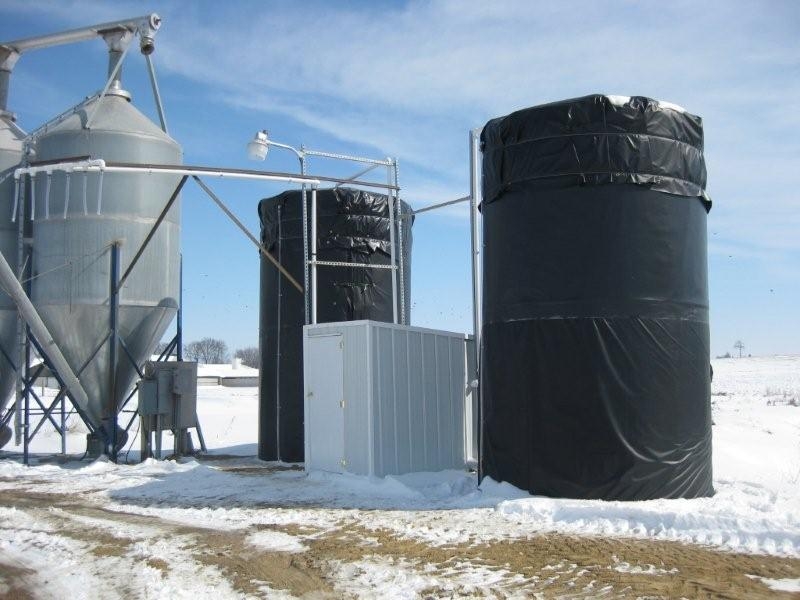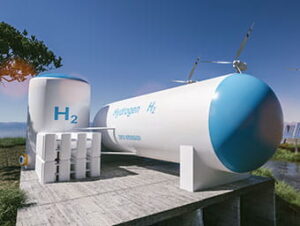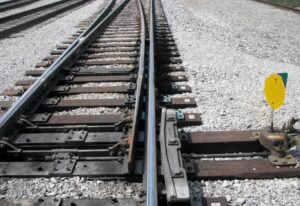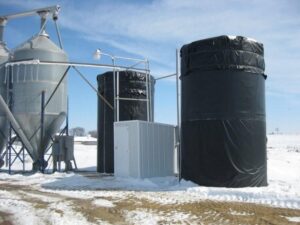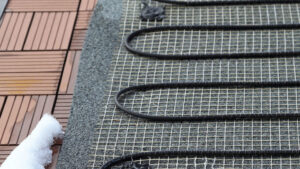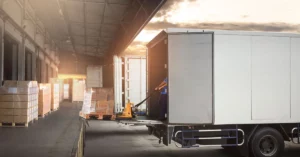The Versatility and Benefits of Heating Cables in Silo Heating Systems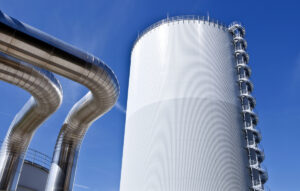
Heating cables have become indispensable tools in maintaining optimal storage conditions within silos, ensuring the quality and longevity of stored grains. This article delves deeper into the varied uses and advantages of heating cables in silo heating systems, highlighting their versatility in preserving grain quality and optimizing storage conditions. This also contributes to reduction of carbon emitting and environmental issues because this system uses the clean energy.
Let’s Begin!
Preventing Moisture Accumulation:
One of the primary functions of heating cables in silo heating systems is to prevent moisture accumulation. By maintaining a consistent temperature, these cables effectively mitigate the risk of condensation, preventing the growth of mold, fungi, and bacteria which can lead to grain spoilage. Moisture control is crucial in preserving the nutritional value and marketability of the stored grains.
Enhancing Grain Drying:
Heating cables play a significant role in accelerating the drying process of grains. By providing controlled and uniform heat, these cables expedite moisture evaporation and reduce drying time. This ensures that grains are properly dried before storage, minimizing the possibility of bacterial growth or germination. The ability to expedite grain drying is particularly beneficial in regions with high humidity or during periods of inclement weather.
Controlling Temperature Fluctuations: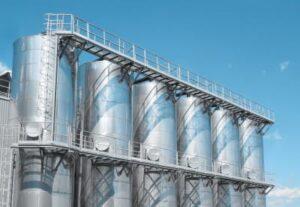
Temperature stability is vital for preserving the quality of stored grains. Heating cables help regulate temperature within silos, preventing sudden fluctuations that can damage grains. Whether it is extreme heat or cold, these cables ensure a consistent temperature environment, safeguarding the grains from potential spoilage or loss in nutritional value. Temperature control is especially critical in regions with extreme seasonal variations.
Avoiding Grain Freezing:
In colder climates, heating cables act as a crucial element in preventing grains from freezing during storage. By maintaining a controlled temperature, these cables ensure that grains remain in optimal conditions, reducing the risk of damage and maintaining their nutritional value. Protecting grains from freezing is vital in regions with harsh winters, where sudden temperature drops can result in significant losses.
Preventing Pest Infestation:
Heating cables serve as an effective deterrent against pest infestation in silos. By maintaining a controlled temperature, these cables discourage pests, such as insects or rodents, from nesting or feeding on the stored grains. Preventing pest infestation is critical as it helps maintain grain quality and reduces the need for harmful chemical treatments that may impact food safety.
Reducing Energy Consumption:
Modern heating cables are designed to be energy-efficient, allowing for significant savings in energy costs. These cables are equipped with advanced insulation and temperature control mechanisms, ensuring optimal conditions while minimizing energy consumption. By reducing energy usage, silo operators can lower operational costs and contribute to sustainable practices.
Ensuring Uniform Grain Quality:
Maintaining a consistent temperature throughout the silo is essential for ensuring uniform grain quality. Heating cables play a vital role in achieving this consistency, preventing temperature variations that can result in inconsistent grain quality and financial losses. This uniformity is particularly crucial for large-scale storage facilities, where maintaining grain quality across vast quantities is of utmost importance.
Facilitating Grain Conditioning: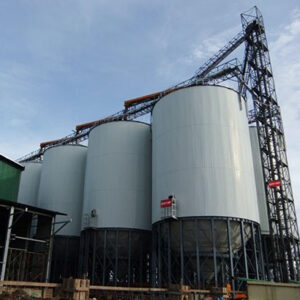
Grain conditioning is a process that aims to modify grain moisture content and temperature to prevent quality deterioration. Heating cables provide precise control over temperature and humidity levels, enabling effective grain conditioning. This process is particularly relevant for grains that require specific environmental conditions for long-term storage.
Enhancing Storage Capacity:
Heating cables facilitate efficient grain storage by reducing the need for excessive aeration or ventilation. By providing controlled heat, these cables allow for denser grain storage without compromising the quality or safety of the stored grains. This enhanced storage capacity is beneficial for silo operators who need to maximize their storage capabilities while ensuring optimal grain conditions.
Enabling Remote Monitoring and Control:
Advanced heating cable systems can be integrated with monitoring and control technology. This will be allowing users to remotely monitor and adjust temperature settings. This remote accessibility ensures optimal silo heating conditions without the need for constant physical presence. Silo operators can conveniently monitor and manage their heating systems, making necessary adjustments as needed to maintain ideal grain storage conditions.
Conclusion:
Heating cables are versatile tools that play an integral role in silo heating systems, offering a range of benefits such as preventing moisture accumulation, controlling temperature fluctuations, and deterring pest infestation. With their ability to enhance grain drying, facilitate grain conditioning, and ensure uniform grain quality, these cables are essential components for maintaining optimal storage conditions. By investing in heating cables and associated technologies, silo operators can safeguard their stored grains, reduce energy consumption, maximize storage capacity, and ultimately enhance profitability in the grain storage industry.

